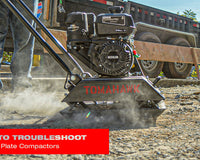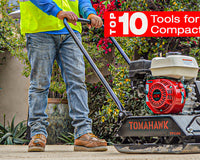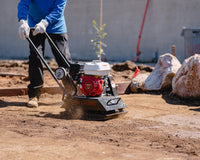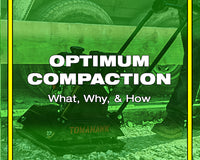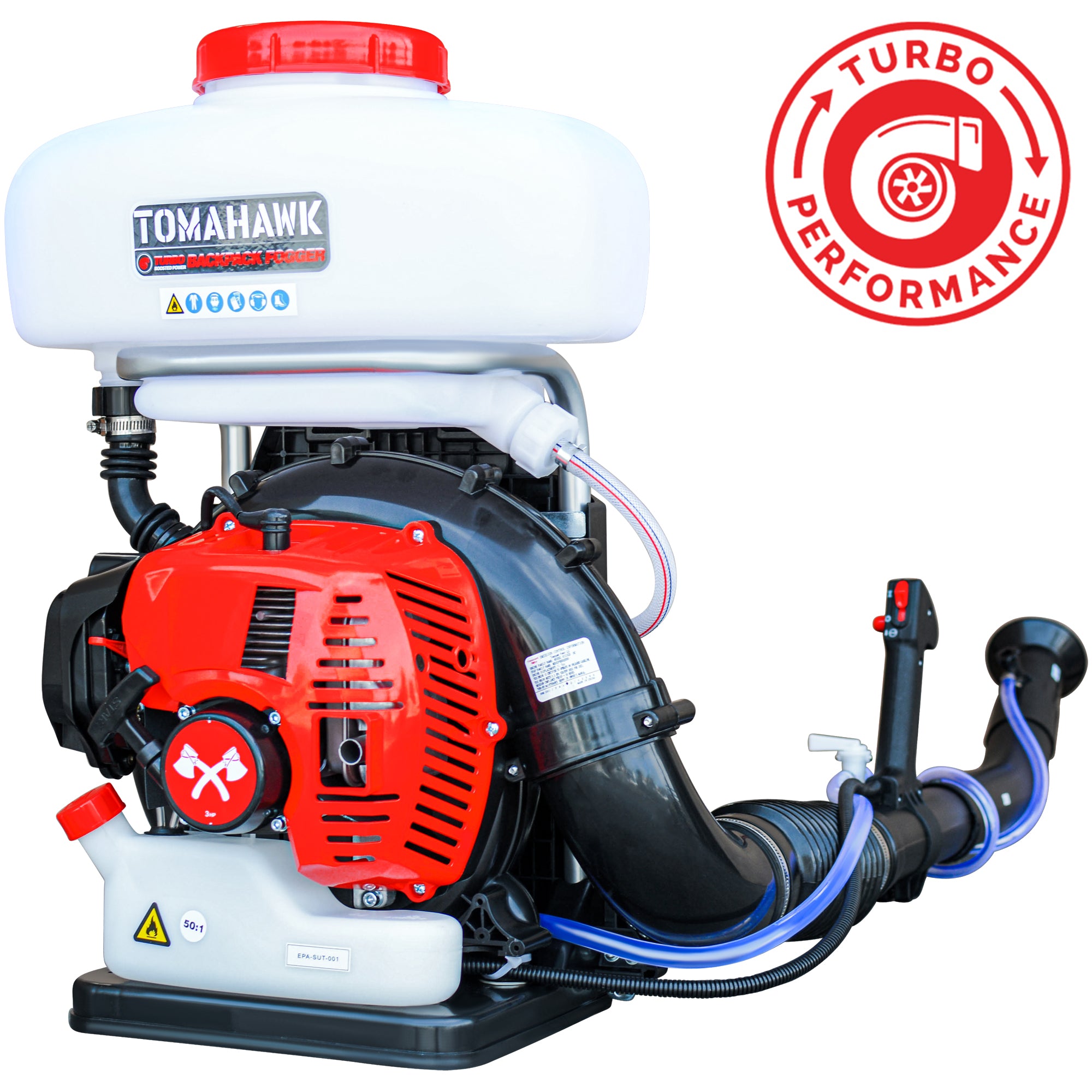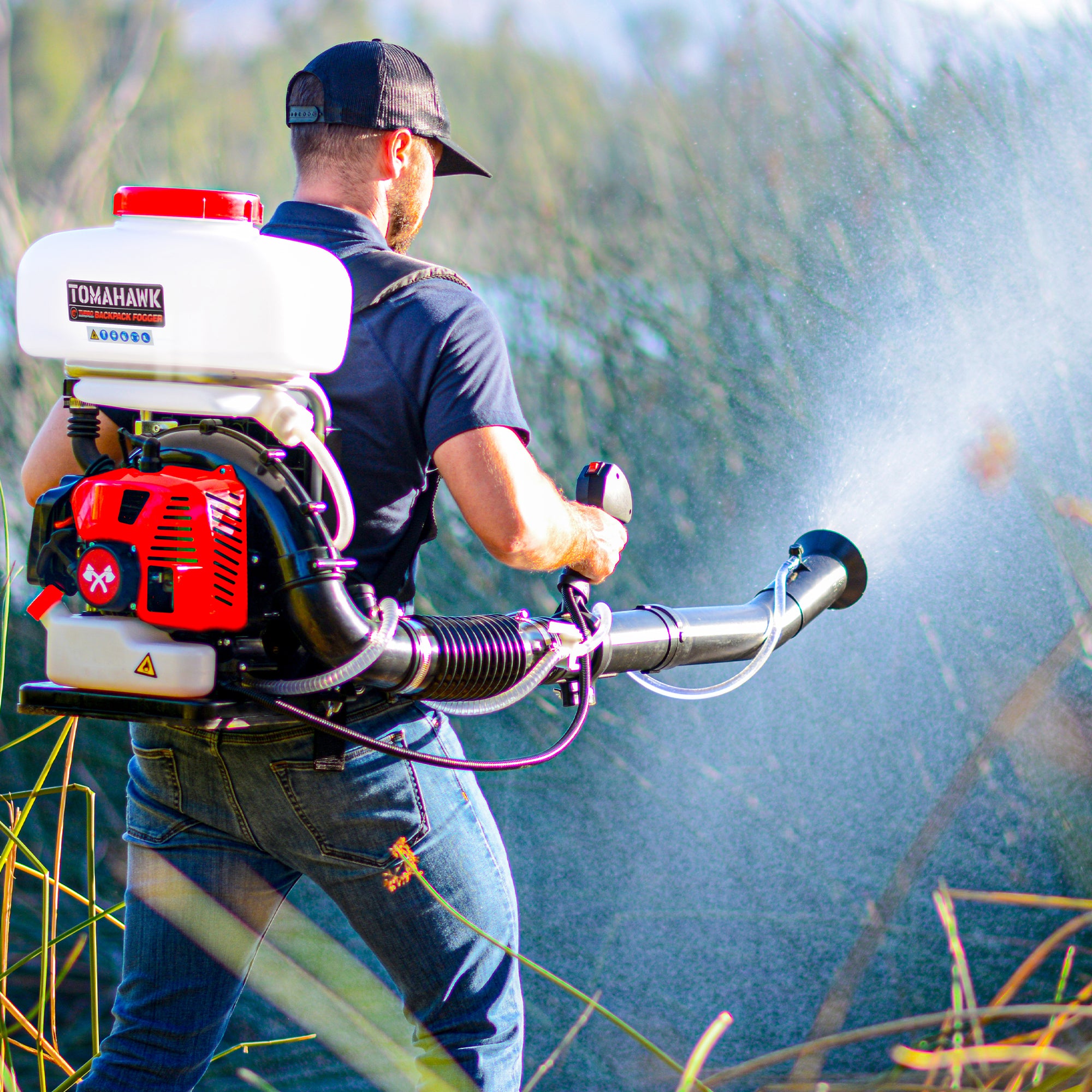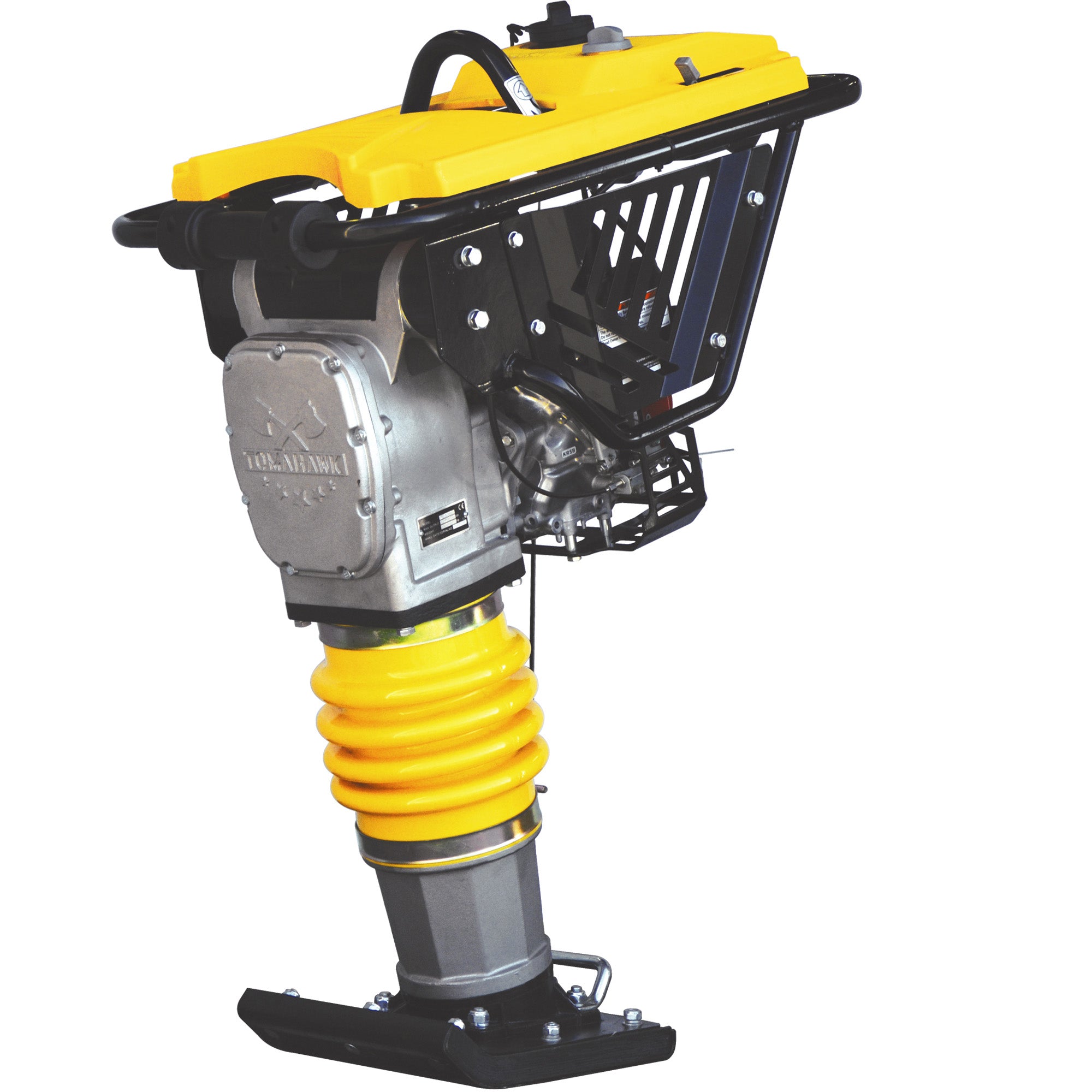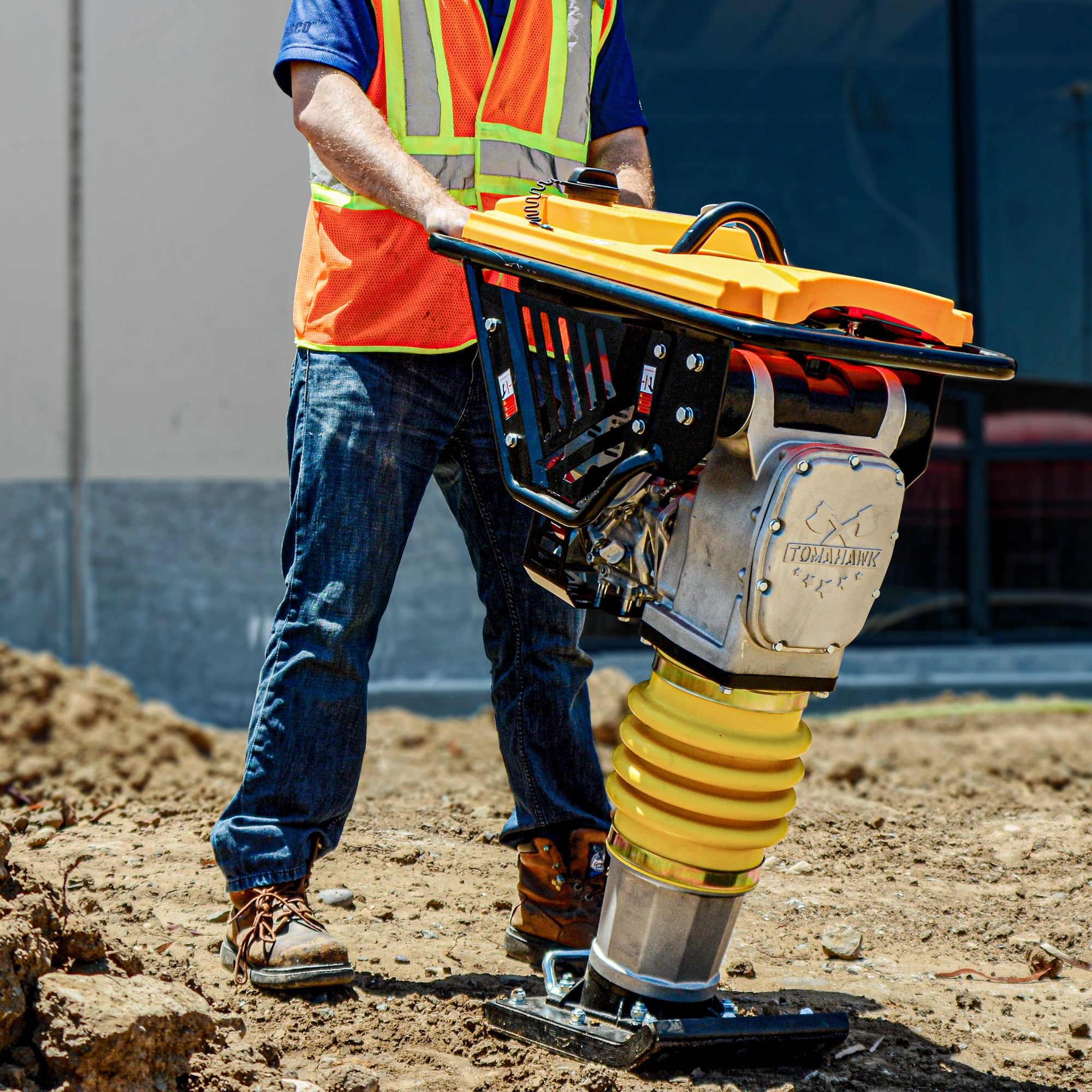Articles
Step-by-Step Guide to Installing Driveway Reflectors on Different Surfaces
Driveway reflectors play a crucial role in guiding vehicles safely, especially in low-visibility conditions or at night. Whether you're enhancing safety on a rural gravel driveway or marking curves on an urban concrete pad, proper installation of reflectors ensures visibility and longevity. However, each surface—gravel, asphalt, and concrete—requires a slightly different approach. In this guide, we’ll break down the best practices for installing reflectors securely on each type of surface, including preparation techniques and spacing guidelines.
Choosing the Right Driveway Reflectors for Maximum Visibility
Driveway reflectors are a simple yet highly effective way to enhance safety, especially in low-light conditions or during winter months when snow and darkness reduce visibility. Whether you're marking the edge of a rural gravel driveway or a suburban concrete entrance, selecting the right type of reflector can significantly reduce accidents, improve navigation, and enhance curb appeal. In this guide, we’ll explore the different types of driveway reflectors available and how to choose the best option for your environment and installation preferences.
Maintaining Your Driveway Culvert for Long-Term Performance
A properly installed driveway culvert is only as effective as its ongoing maintenance. Culverts play a critical role in diverting water away from driveways, foundations, and surrounding landscapes. But over time, sediment buildup, vegetation, or structural wear can reduce performance or cause costly failures. Fortunately, routine maintenance isn’t complicated. With a proactive approach and the right tools, homeowners and contractors alike can preserve the functionality and durability of their culvert system for decades.
Common Mistakes to Avoid During Culvert Installation
Installing a driveway culvert may seem like a straightforward task, but even small errors during the process can result in major drainage failures, premature erosion, or structural instability. Whether you're a homeowner managing a small residential project or a contractor working in rural or semi-urban areas, understanding the most frequent culvert installation mistakes—and how to avoid them—can make the difference between long-term performance and recurring problems.
Step-by-Step Guide to Installing a Driveway Culvert
Driveway culverts are a vital part of any property with flowing surface water or roadside ditches. Without proper drainage, water can erode driveways, flood property, and damage foundations. Installing a culvert pipe is a manageable project for experienced DIYers or contractors—but doing it right requires attention to detail and the right tools. From planning and trenching to compaction and finishing, this guide will walk you through the process to ensure your driveway culvert is built to last.
Choosing the Right Culvert Pipe Material for Your Driveway: A Practical Guide
A driveway culvert is more than just a pipe under a path—it’s a drainage solution designed to prevent flooding, erosion, and costly structural damage. While the installation method and compaction process are key, one often-overlooked factor is pipe material. Your choice will affect not only the lifespan of the culvert but also its ability to handle traffic loads and environmental conditions over time. This guide outlines the most common culvert pipe materials—concrete, plastic (HDPE), and metal—and explains how to select the best option for your specific project.
A Practical Guide to Driveway Culvert Installation: Tools, Techniques, and Best Practices
Driveway culverts are essential for managing stormwater and preventing washouts, especially in rural or sloped properties. Whether you're a contractor or a dedicated DIYer, installing a culvert involves more than just digging a hole and laying a pipe. The success of the installation depends heavily on selecting the right equipment, preparing the site properly, and compacting the soil to prevent future settling or erosion.
Which Tomahawk Compactor Is Right for Your Paver Sidewalk Project?
Installing a paver sidewalk requires careful planning—not just in layout or design, but in selecting the right equipment for soil and base compaction. Whether you’re a professional contractor preparing for a multi-unit development or a homeowner transforming your front path, using the correct compaction tool determines how well your sidewalk performs over time. The question is: should you use a jumping jack rammer or a plate compactor? And if you opt for a rammer, is the GX100 or GX120 engine better suited for your conditions?
Learn why compacting soil correctly is crucial before laying brick or concrete pavers. Explore how trench and base prep with tools like tamping rammers ensures a longer-lasting sidewalk.
A sidewalk may look simple on the surface, but what lies underneath is what truly determines its durability. Whether you’re laying interlocking pavers for a front walkway or building a pedestrian path along a commercial site, the process begins not with pavers—but with proper subgrade compaction. Overlooking this critical step often leads to surface instability, uneven settling, and premature cracking. For that reason, understanding soil conditions and using the right compaction equipment is fundamental to long-term success.
How to Use a Plate Compactor for Brick and Concrete Paver Installations
Installing a sidewalk, driveway, or patio with pavers is a rewarding project that combines form and function. But one often overlooked detail makes the difference between a flawless surface and one that sinks, shifts, or weeds over time—final compaction. Whether you’re working with concrete pavers or brick, using a vibrating plate compactor is essential to lock the surface into place and ensure long-term structural stability.
Jumping Jack vs Plate Compactor: Which Tool to Use When Laying Pavers
When building a sidewalk with pavers, achieving a smooth, durable surface is not just about arranging bricks in a pattern. Much of the long-term success of a paver installation depends on what happens beneath the surface—especially during compaction. Choosing the right tool for each stage of the job can significantly impact the structural integrity and aesthetic of your finished walkway. Two of the most common tools used in this process are the jumping jack (vibratory rammer) and the plate compactor. But what’s the difference between them, and when should each be used?
Essential Base Preparation Tips for Building a Paver Sidewalk
Creating a long-lasting paver sidewalk requires far more than simply laying bricks over dirt. The true strength of any hardscape project lies beneath the surface—in the subgrade and base layers that provide stability, drainage, and resistance to shifting. Whether you’re a contractor or a DIY enthusiast, understanding the compaction process and selecting the right tools can make the difference between a beautiful, low-maintenance path and one plagued with uneven settling or weed intrusion.
Fixing Uneven Sidewalks: Why Proper Compaction Prevents Future Cracks
When it comes to concrete sidewalks, what lies beneath the surface matters just as much as the concrete itself. Uneven slabs, trip hazards, and premature cracks often originate from poor soil preparation and inadequate compaction of the base layer—not the concrete finish. As many contractors and property owners have learned the hard way, skipping or rushing this foundational step can lead to costly repairs within just a few seasons.
Jumping Jack vs Plate Compactor: Which to Use for Sidewalk Repair?
When it comes to sidewalk repairs, the difference between a lasting fix and a premature failure often lies in what’s underneath the slab. The compaction phase—before concrete is even poured—is fundamental to ensuring long-term structural integrity. That’s why choosing the right compaction tool is more than a matter of convenience; it’s a matter of function.
Best Tools for Compacting Gravel Base Before Sidewalk Repairs
Concrete sidewalk repairs may seem as simple as pouring and smoothing new cement—but real longevity begins below the surface. Without proper compaction of the gravel or aggregate base, even the most precisely poured sidewalk will crack, sink, or shift over time. Choosing the right tool for base compaction—based on soil type, work area, and trench depth—is a critical step that determines how well your repair will hold up against foot traffic, weather changes, and natural settling.
How to Prepare the Ground Before Fixing Sidewalk Concrete
Concrete repairs on sidewalks might seem straightforward—chisel out the damaged area, pour fresh mix, level, and cure. But one of the most critical (and often skipped) steps lies beneath the surface: subgrade preparation. Whether you're fixing a lifted panel or replacing a full section, failing to properly compact the soil can lead to premature cracking, uneven slabs, and drainage issues.
Compacting Sidewalk Borders and Tight Corners with a Jumping Jack
When installing sidewalks, most people focus on the main slab area—but experienced contractors know that long-term performance often hinges on what happens along the edges. Tight corners, narrow borders, and tight areas near foundations or landscaping features are notoriously tricky to compact using standard plate compactors. That’s where jumping jack rammers become essential.
How Wide Is a Sidewalk—and What Tools Do You Need to Build One?
Ask any contractor starting a sidewalk project, and one of the first questions that comes up is, “How wide should it be?” Whether you're installing a walkway for a suburban home or prepping concrete for a city block, the width of your sidewalk influences everything—from form layout to which compaction tools are suitable. But there’s more to consider than just dimensions. Let’s explore not only standard sidewalk widths, but also how that relates to choosing the right compaction equipment for a solid base.
Why Soil Compaction Matters for Sidewalk Longevity
When people walk down a sidewalk, they rarely think about what lies beneath. Yet the unseen foundation below the concrete is what ultimately determines how long the sidewalk lasts. Soil compaction, especially in narrow or trench-lined applications, plays a key role in preventing cracks, erosion, and settlement over time. Whether you're working on a city walkway or a residential path, knowing how to prepare the subgrade is vital to achieving a durable, even finish.
How to Use a Plate Compactor When Installing a Concrete Sidewalk
Sidewalks are essential infrastructure—whether in residential neighborhoods or busy commercial areas—and proper base preparation is what determines how well they hold up over time. A smooth, durable finish starts long before concrete is poured, and one of the most important steps is compacting the aggregate base. Whether you’re a contractor or a dedicated DIYer, understanding how to use a plate compactor efficiently will make the difference between a sidewalk that lasts and one that cracks.
How Wide Is a Sidewalk—and Which Compactor Preps It Best?
When constructing or repairing a sidewalk, most attention tends to fall on surface finish and slope. But professionals know the long-term integrity of concrete or pavers starts from below—the base layer. That’s why base preparation is one of the most critical steps in sidewalk installation, particularly in regard to compaction.
Soil Compaction Tools for Footings, Pipes, and Retaining Walls
Backfilling a trench is only half the job—the other half is making sure it stays compacted and structurally sound. Whether you're building footings, laying pipe, or installing a retaining wall, proper soil compaction is what ensures long-term stability. But when you're working in narrow, deep spaces, not every compactor fits the task.
What’s the Right Tool for Compacting in Tight Spaces?
Trench and foundation work often means wrestling with the constraints of confined areas. Whether you're working between footings, up against a foundation wall, or in narrow service corridors, proper compaction is essential—but maneuverability becomes a real challenge. Traditional plate compactors may be too bulky for these situations, which is where jumping jack rammers show their value.
Compacting Aggregate Base for Utility Trenches and Driveways
Properly compacting the aggregate base is one of the most crucial—but often overlooked—steps in any trenching, driveway, or paver installation project. Whether you're prepping a utility trench for long-term performance or laying a new driveway or patio, the stability of your surface depends on how well your base has been compacted.
How to Use a Jumping Jack Tamper for Compacting Backfilled Soil
Backfilling a trench is more than just tossing soil back into a hole. If done incorrectly, it can lead to uneven settlement, surface cracking, and long-term structural problems. Whether you're working on a utility line, retaining wall, or slab foundation, using the right compaction method and equipment is essential for a solid, lasting result. One of the most effective tools for this task is the jumping jack tamper—especially when you're dealing with narrow trenches and cohesive soils.
How to Backfill a Trench by Hand: Choosing Between a Jumping Jack and Plate Compactor
Backfilling a trench by hand is often a necessity on tight or sensitive jobsites where large equipment simply can’t fit. Whether you're preparing a foundation, laying utility lines, or reinforcing a retaining wall, getting proper soil compaction is essential to avoid future settling, cracking, or erosion. For professional-grade compaction without heavy machinery, most contractors rely on either a vibratory rammer (commonly called a jumping jack) or a plate compactor. Choosing the right one comes down to the soil type, trench depth, and the finish you're trying to achieve.
Submersible Pumps for Ponds: Practical Use and Selection Guide
Ponds are beautiful landscape features that serve aesthetic, ecological, and recreational purposes—but they also require regular maintenance. Whether you're cleaning out debris, preparing for winterization, or adjusting water levels, using a submersible pump is often the most efficient solution. Submersible pumps are placed directly in the water and are capable of moving large volumes without priming or complex setup.
Submersible Pumps for Deep Wells: A Guide for Practical Applications
Extracting water from deep wells requires more than just a motor and a pipe. It demands a system built to endure pressure, manage debris, and deliver consistent flow over long vertical distances. Submersible pumps have become the industry standard for deep well applications due to their efficiency and durability in submerged conditions.
Submersible Pumps for Sewage: What to Know Before You Choose One
Handling sewage and dirty water isn’t just about volume—it’s about durability, debris tolerance, and automation. Whether it’s an emergency wastewater backup, a septic system overflow, or managing industrial waste, submersible pumps designed for sewage play an essential role in protecting infrastructure and health.
Submersible Pumps for Wells: What You Should Know Before You Buy
Accessing groundwater through a well is a time-tested and efficient way to secure a steady water supply, whether for residential, agricultural, or industrial use. At the heart of most modern well systems lies a submersible pump—a rugged device designed to deliver water upward from deep below the surface with minimal energy loss and maximum reliability.

